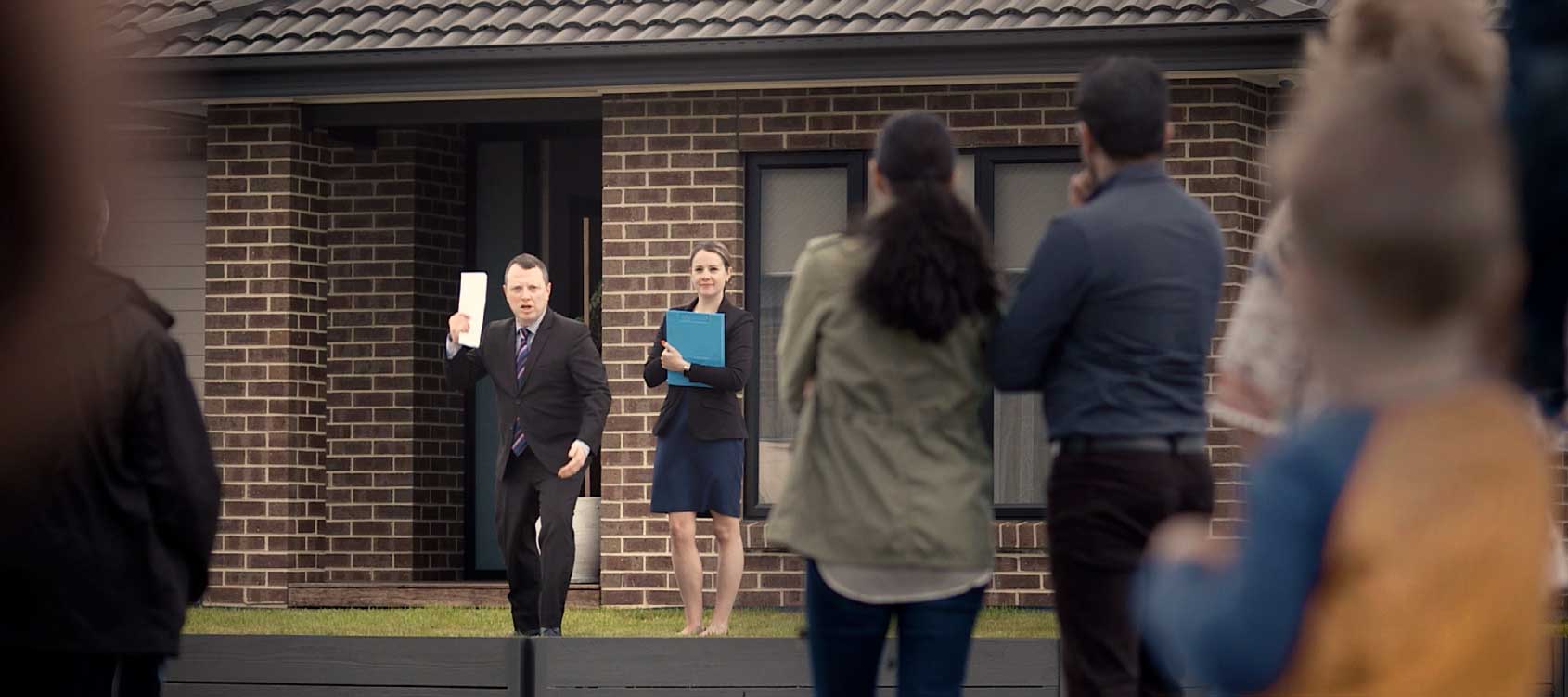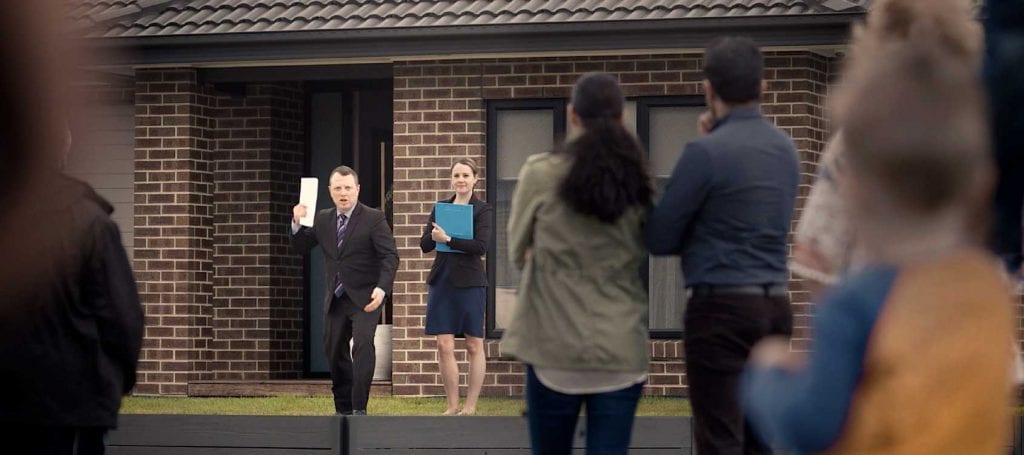At Dream Engine, we’ve worked with some of Melbourne’s leading real estate agencies and property developers to produce compelling, high-quality video content that brings properties to life and builds powerful brands.
Whether you’re promoting a new development, showcasing a luxury home, or elevating your agency’s brand, the right video can make all the difference, not just in how a property looks, but in how it feels to potential buyers or investors.
In this post, we’ll show you the types of real estate videos we create, why they work, and how they can help you sell faster, attract the right buyers, and stand out in a competitive market.
1. Virtual House Tours
Bring potential buyers inside the Melbourne home. Without them needing to leave theirs.
Our virtual tours go beyond the basic walkthrough. We use smooth, cinematic camera movement and carefully considered lighting to make viewers feel like they’re floating through the home. Combined with drone footage and strategic editing, we create a sense of space, flow, and atmosphere that static photos can’t match.
Best for: High-end residential listings, interstate/international buyers, time-sensitive campaigns.
🎥 Example: House tour video for Biggin & Scott
2. Real Estate Brand Videos
What makes your agency different? Why should vendors list with you?
We create videos that showcase your team, your philosophy, and your track record, old through real stories and stunning visuals. These videos are powerful tools for building trust, improving listing presentations, and turning your website or social media pages into lead-generating machines.
Best for: Real estate agencies looking to grow brand awareness and win more listings.
🎥 Example: Brand Video for Cameron Real Estate
3. Property Development Promos & Mini-Documentaries
For off-the-plan developments or new communities, you need more than glossy renders. You need to sell the vision.
Our documentary-style videos combine interviews with developers, architects, and community leaders, along with cinematic footage of the area, lifestyle shots, and motion graphics. These videos help investors, buyers, and stakeholders understand the story behind the development and get excited about what’s coming.
Best for: Property developers, urban planners, real estate marketing agencies.
🎥 Example: Customer Profile video for Oracle Group
4. Real Estate Project Videos (Updates & Progress Stories)
Showcase the journey, not just the destination.
Our project videos capture the story of your development coming to life. Through a mix of construction footage, time-lapses, drone shots, and interviews with key stakeholders, these videos are perfect for sharing milestones with investors, marketing teams, and the wider community. They’re a powerful way to build transparency and generate ongoing interest throughout the build.
Best for: Developers wanting to document progress, engage stakeholders, and build anticipation during a project’s lifecycle.
🎥 Example: Case Study video for Kane Constructions
5. Project Completion Showcase
Once a project is complete, it’s time to show the world what you’ve created.
Our project completion showcase videos highlight the finished development in its best light: combining sweeping drone shots, elegant interior footage, and carefully composed detail shots to capture the building’s architecture, design features, and liveability. These videos are ideal for promoting your work to potential investors, enhancing your portfolio, or celebrating the project’s success with stakeholders. We can also include interviews with key team members to add context and bring the story full circle.
Best for: Property developers, architects, builders, and marketing teams wanting to celebrate and promote completed projects.
🎥 Example: Barayip Primary Development
Why Work With Dream Engine?
-
Deep experience in the real estate space – We understand what buyers are looking for and how to present properties in the best possible light.
-
End-to-end service – From strategy to scripting, filming, editing, and delivery, we handle everything.
-
A tailored approach – Every property and every brand is unique. We don’t use cookie-cutter templates. We craft videos that truly reflect your value.
Ready to Elevate Your Real Estate Marketing?
We’d love to talk about how we can bring your next property or project to life on video. Whether you’re after a high-converting virtual tour, a brand story to build trust, or a mini-doc that inspires investors, we can help.
Contact us today to start the conversation.

Ryan Spanger is one of Melbourne’s most respected and sought-after video production professionals. Ryan founded Dream Engine in 2002, and specialises in helping medium to large corporates, government departments, and the non-profit sector to connect with their audience more effectively by using video.


